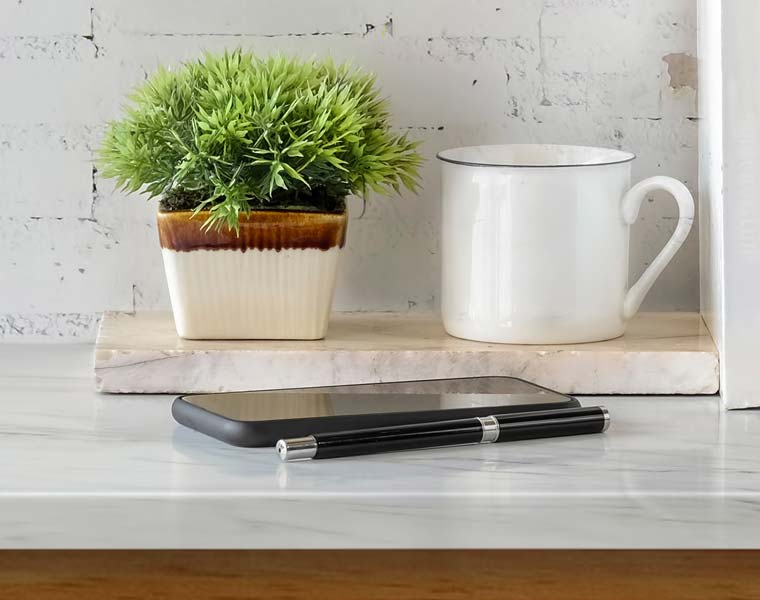Aptly named, Seasonal Affective Disorder – aka ‘SAD’ – is more common in places like the UK where there is a more drastic variation in temperature and daylight hours as seasons shift.
SAD can impact everything from ability to communicate and relationship-building to productivity, engagement and concentration so it’s essential that you do all you can to halt it in its tracks.
If workers are unhappy, unmotivated and distancing themselves from idea-sharing and collaboration, this can be extremely detrimental to the business as well as their mental health and employee wellbeing.
What is Seasonal Affective Disorder?
In a nutshell, SAD is a more severe and medically recognised version of ‘the winter blues’. It is closely linked to other conditions around anxiety and depression and should be treated as seriously.
SAD occurs as daylight hours reduce, causing lower levels of serotonin (the hormone which regulates mood) and higher levels of melatonin (the hormone which makes you feel sleepy).
Symptoms tend to rear their head towards the end of autumn, right through to the end of winter when spring is in sight once more.
What are the symptoms of Seasonal Affective Disorder?
- Relentless lethargy
- Difficulty waking up in the morning
- Low mood
- Low motivation
- Low energy levels
- Difficulty concentrating
- Poor quality of sleep
- Weight gain
- Loss of drive or passion
How to spot the signs of SAD:
If you are experiencing any of the symptoms mentioned above, it might be time to seek medical advice.
However, if you notice that the symptoms are particularly heightened as the seasons change through autumn and winter, you could very well be dealing with a case of Seasonal Affective Disorder.
Common pointers towards SAD include:
- A loss of passion towards your job and no desire to go to work
- Low motivation and productivity when you are at work
- Not wanting to interact or socialise with colleagues (or even friends and family)
- Feeling apathetic towards deadlines and objectives
- Feelings of exhaustion which don’t seem to get better after sleep
- Cravings for ‘unhealthy’ or comfort food
How to combat SAD in the office
Some of the most effective strategies for combating the side effects of SAD in the workplace are things you should be doing all year round anyway. For example, stress management tactics and doing more to improve mental health in the workplace.
However, there are a few specific things you could be doing to directly improve the working environment for those suffering with SAD…
Let in as much natural light as possible – The benefits of natural light in the workplace are endless. It helps fight the effects of technology, it’s more cost-effective, it’s kinder to the environment, it helps regulate the absorption of vitamins… It has also been proven to have a positive impact on mental wellness and SAD.
Facilitate more physical movement during the day – Staying active helps brain function and cognitive health. Agile working, sit-stand desks, mobile meetings, touchdown work points, table tennis tables and activity-based work are all great ways to get people up on their feet.
Consider adding light boxes to workstations – If you have a bit of budget going spare towards the end of the year, think about introducing some SAD light boxes into various work settings. These lights are designed to make up for the lack of sunlight during winter months to help alleviate the negative impact on mental health.
Other ways to kick SAD to the curb:
- Keep communication lines open and transparent – Introduce social spaces where staff can interact casually to boost connections and ensure your company culture is one which encourages staff to talk freely about their feelings.
- Avoid too many dark colours in your design palette – Instead, opt for calming, neutral colours as a base to customise. This will make the space appear lighter and airier, even in the darker months.
- Introduce places where staff can rejuvenate – Provide spaces where employees can practice yoga, meditate or just chill out in peace when they’re feeling stressed, down or anxious.
Click for more on how the different members of Penketh Group staff like to use our rejuvenation spaces.




